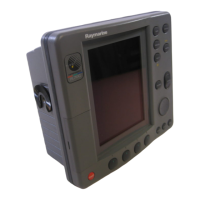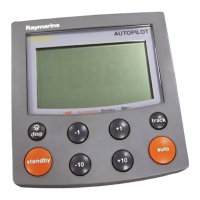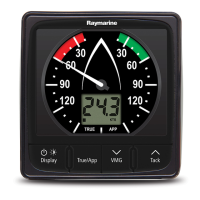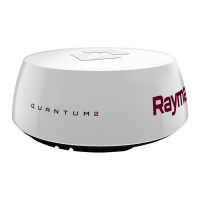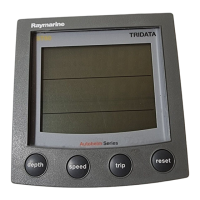Chapter 7: Setting Up the System Defaults 7-19
Plotter Mode
• charttext size (small,normal,large)
•chartdisplay(detailed,simple)
• chartboundaries(on,off,custom)
• spotsoundings (on, off, custom)
• depthshadinglimit (set the limit)
• depthcontours (on,off,custom)
• depthcontour display(set the upper and lower limits)
•navmarks(on,off,custom)
•navmarksicon(international,US)
• lightsectors (on, off, custom)
• caution and routingdata (on, off,custom)
• marine features (on, off, custom)
• landfeatures(on,off,custom)
• icondisplay (simple, detailed,custom)
The factory default for CUSTOM options is ON.
Plotter Mode
PlotterModeenablesyoutozoomintoasmallerarea,evenwhennochartdata
isavailable for that scale. This allows you use the chartplotterfunctionsat
largescales even when a chartcardis not installed.
Chart Orientation
The chartorientationis normallyNorth Up, but can be changed to Course Up
or Head Up if heading data is available. The orientationmodes give the
followingdisplays:
• NorthUp: Thechart is displayedwith north upwards. As you change
heading,the ship’s headingmarkermoves.Thisis the defaultmode, and is
the onlymode availableif there is no headingdata.
• Course Up: The chart is stabilized and displayed with the currently
selected courseupwards. If you select a new course, the picture rotates to
displaythe new course upwards.
The referenceused for the Course Up depends on the information avail-
able.The first availablein the followingis used:
i. A locked heading over a SeaTalk connection
ii. The heading at the time Course Up was selected
To update the Course Up reference while Course Up is the current mode,
re-select Course Up from the set up menu.
• HeadUp: The chart is displayedwith the vessel’s currentheading
upwards.As the heading changes the chart willrotate.
81186_3.book Page 19 Thursday, August 22, 2002 8:23 AM
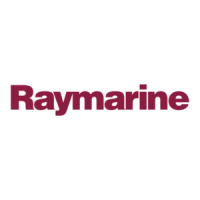
